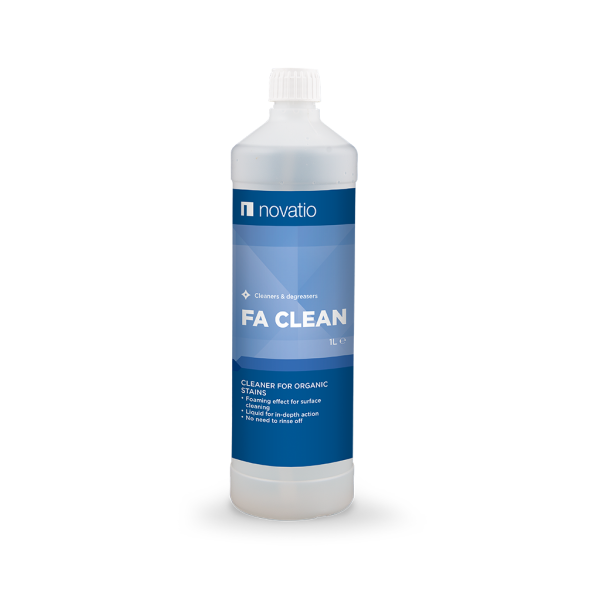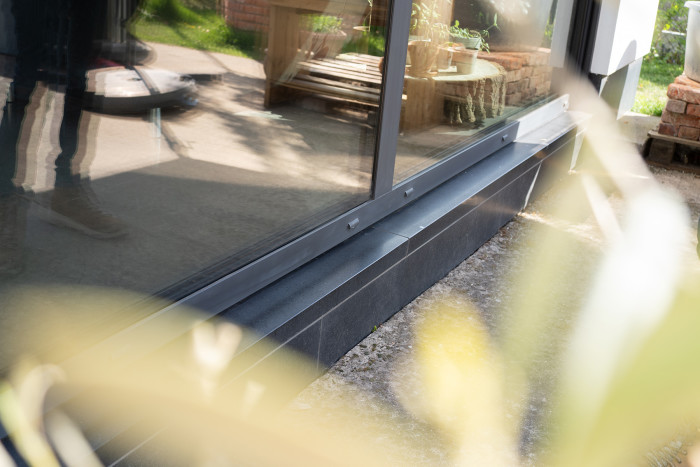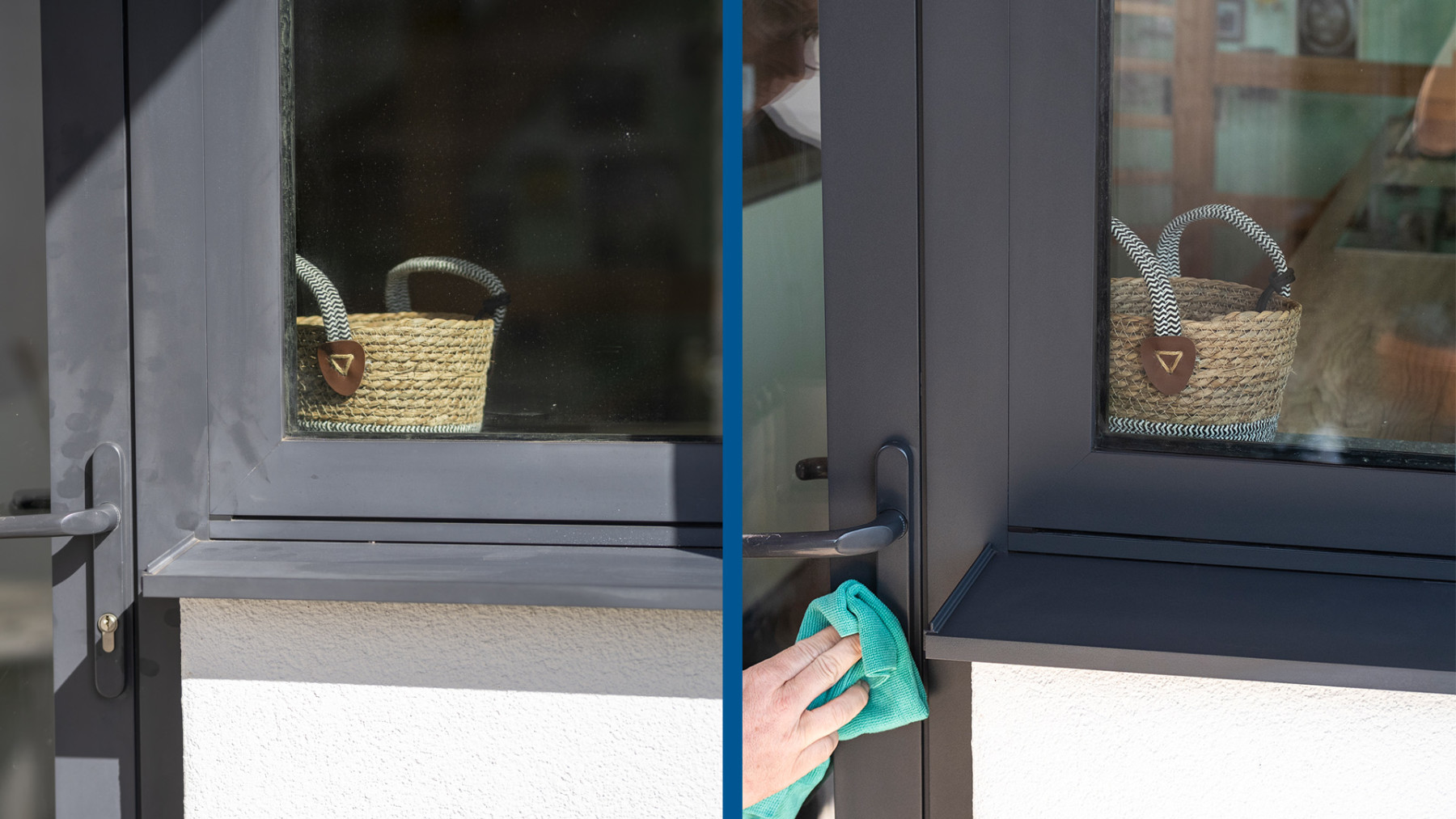
Fa Clean
CLEANER FOR ORGANIC SOILING

Coated and plastic surfaces are designed for durability and have a dense surface structure. This makes them easy to clean with water-based cleaning agents. However, this often only removes the visually perceptible macropollution, leaving an invisible layer of microscopic pollution.
These surfaces can attract non-polar contaminants from the passing air, such as condensed VOCs and soot deposits. These deposits, together with grease stains (fingerprints), are the main cause of bonding failure. To achieve a perfect bond, both macro and micro contamination must be tackled.
Even after installation, it is important to maintain windows and doors properly. After all, the coated surface has a lot to endure. It is continuously exposed to air pollution such as dust/sand and acid rain (Volatile Organic Compounds) as well as UV and infrared radiation from the sun. As a result, the paintwork becomes matt and/or 'chalky'. A dull, white powdery layer is formed that settles deeper and deeper into the lacquer and can cause irreparable damage to the surface in the long term. In order to prevent this damage, it is important to carry out a deep cleaning twice a year in addition to a periodic cleaning.
Because we are dealing with different types of soiling, deep cleaning with different cleaning agents is essential. We distinguish 3 types of soiling.
Never carry out work on a window, door or gate in full sunlight or when the surface is warm.

Novatio innovates for the better work. With more than 1,000 solutions in our existing range, we like to make things easy for makers.
All products